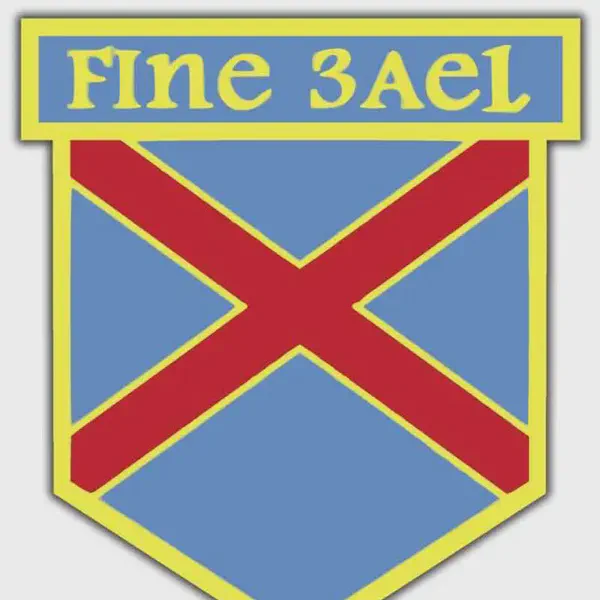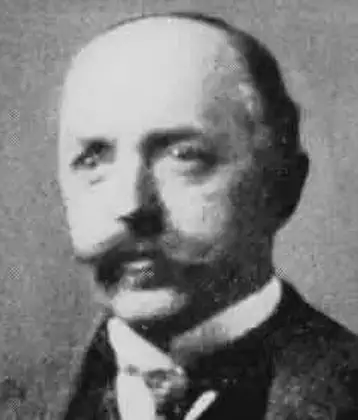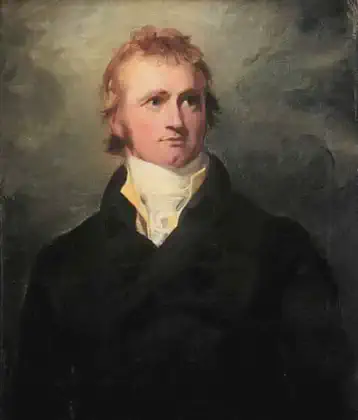On July 22, 1933 in Celtic History
Anti fianna fáil army comrades association goes fascist

In January 1933, the Fianna Fáil government called a surprise election, which the government won comfortably. The election campaign saw a serious escalation of rioting between Irish Republican Army (IRA) and Army Comrades Association (ACA) supporters.
Blueshirts
In April 1933, the ACA began wearing the distinctive blueshirt uniform.
Eoin O’Duffy was a guerrilla leader in the IRA in the Irish War of Independence, a National Army general in the Irish Civil War, and the Garda Síochána police commissioner in the Irish Free State from 1922 to 1933.
Eoin O’Duffy leads ACA
After Fianna Fáil’s re-election in February 1933, President of the Executive Council Éamon de Valera dismissed O’Duffy as commissioner; that July, O’Duffy was offered and accepted leadership of the ACA and renamed it the National Guard.
He re-modelled the organization, adopting elements of European fascism, such as the straight-arm Roman salute, the wearing of uniforms and huge rallies. Membership of the new organisation became limited to people who were Irish or whose parents “profess the Christian faith”. O’Duffy was an admirer of Benito Mussolini, and the Blueshirts adopted corporatism as a chief political aim. According to the constitution he adopted, the organization was to have the following objectives
The Army Comrades Association (ACA), later the National Guard, then Young Ireland and finally League of Youth, but best known by the nickname the Blueshirts (Irish: Na Léinte Gorma), was a paramilitary organization in the Irish Free State, founded as the Army Comrades Association in Dublin on 11 August 1932.
The group provided physical protection for political groups such as Cumann na nGaedheal from intimidation and attacks by the IRA.
Some former members went on to fight for the Nationalists in the Spanish Civil War after the group had been dissolved.
Most of the political parties whose meetings the Blueshirts protected would merge to become Fine Gael, and members of that party are still sometimes nicknamed “Blueshirts”.
There has been considerable debate in Irish society over whether or not it is accurate to describe the Blueshirts as fascists.
More From This Day







